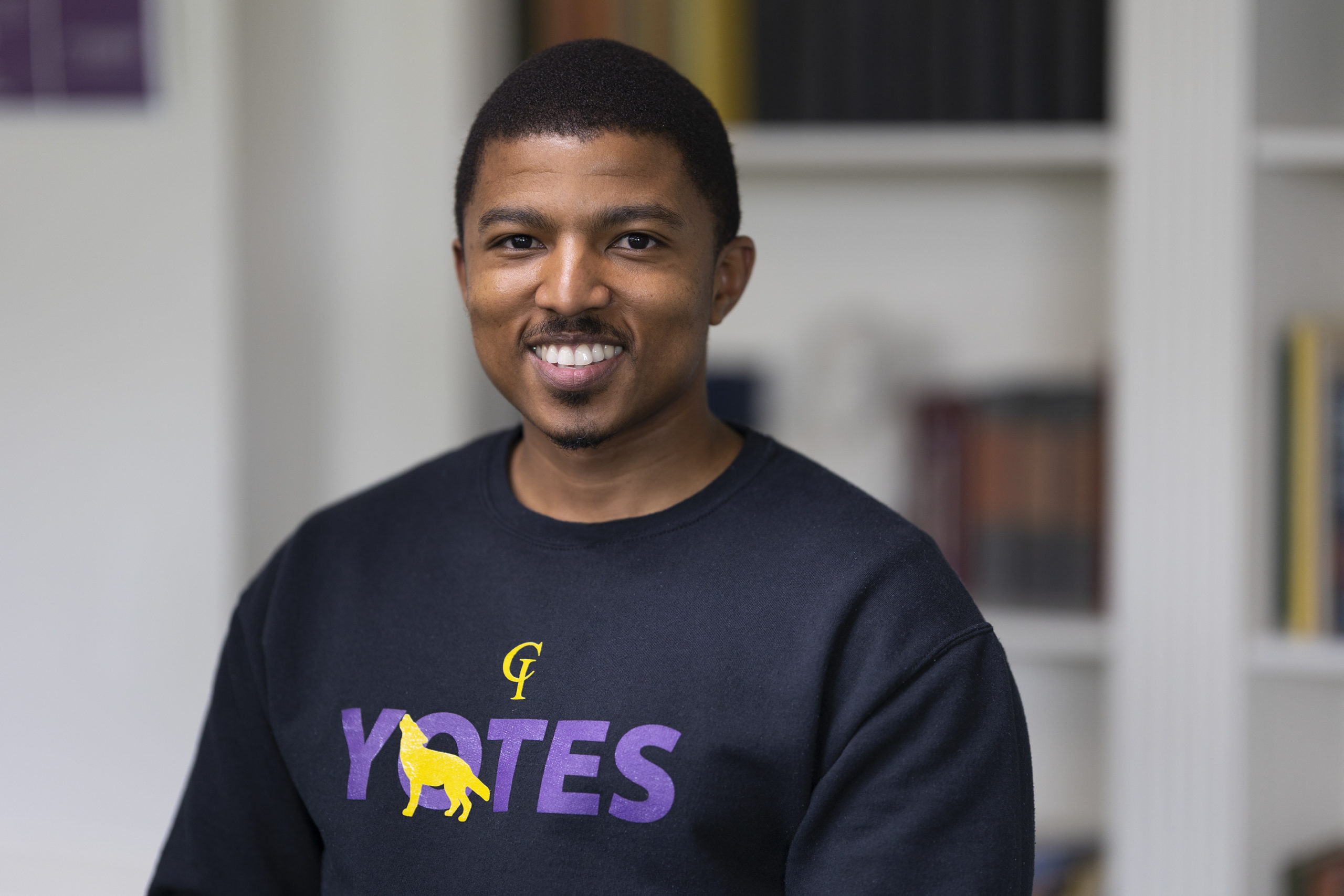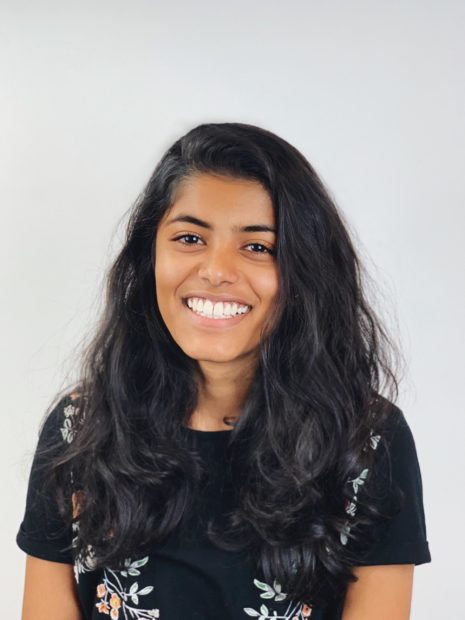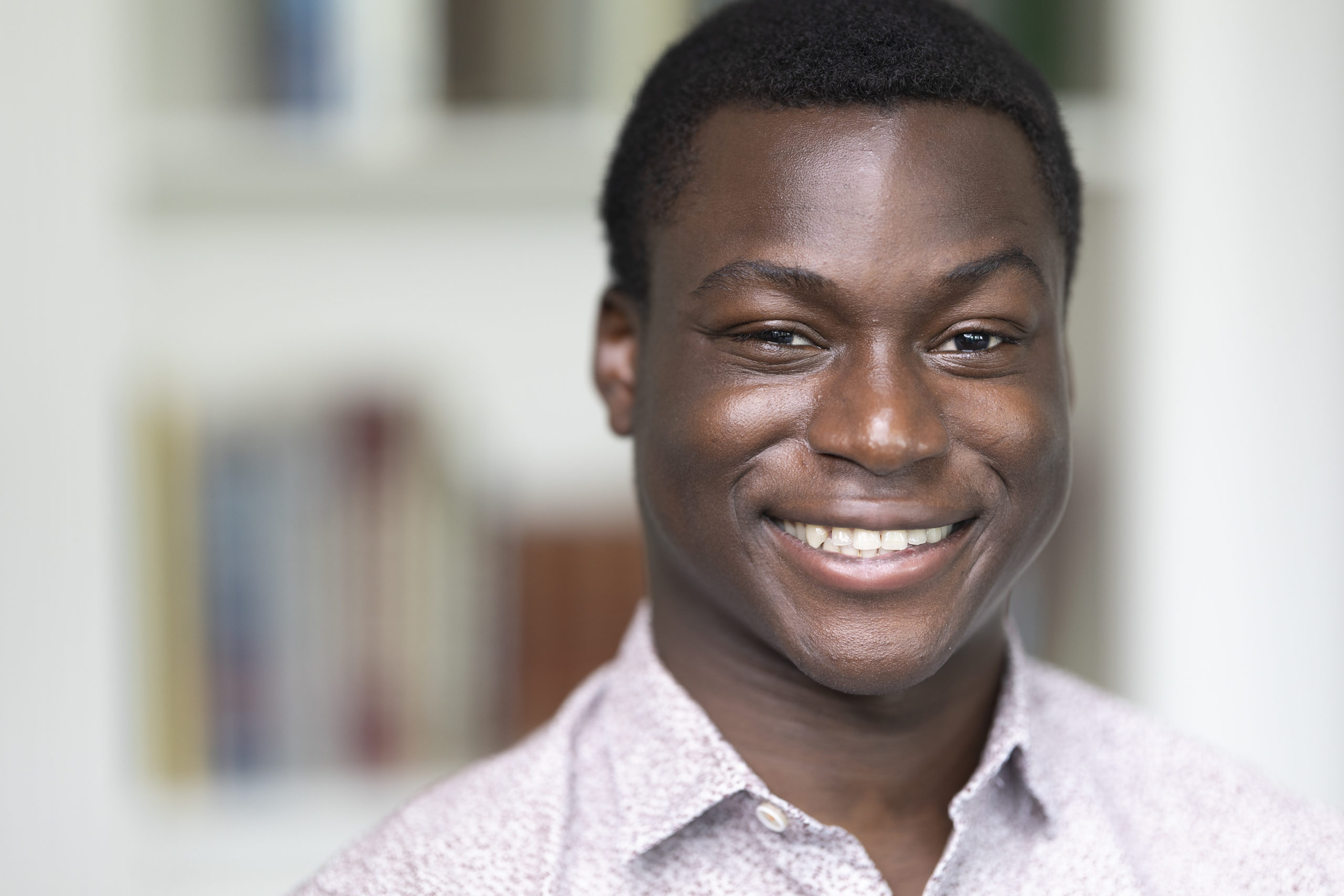CALDWELL — Batu Getachew Olana arrived at the College of Idaho on Jan. 10, at the end of a 10-month journey.
In March 2020, she was applying for college and wrapping up her senior year at an international high school in Armenia. The coronavirus pandemic forced her high school to shut down two months early, and Olana went home to Ethiopia. She says she wasn’t too afraid of the virus, but she feared for her future. “I didn’t even know if I would be able to continue to do anything, because the world was shutting down, borders were being closed.
She spent her first two weeks in Ethiopia in a hotel, in government-ordered quarantine. She spent much of the next nine months at home — reading up on her fields of study, marketing and digital media, and trying to get a student visa. She finally got into the embassy in December, in time to get to Caldwell for spring semester.
When Olana arrived, she joined C of I’s large international student community — which has thrived during the pandemic, defying national trends.
C of I’s success story, years in the making
Since the spring of 2020, international enrollments in the U.S. have decreased by 21.3%, according to the National Student Clearinghouse Research Center. For four-year schools, such as C of I, the one-year dropoff was 17.2%.
However, C of I bucked the national trend. Its international enrollment increased slightly this fall, continuing a long growth trend. Coming from 90 countries, the 190 international students represent about one-sixth of the college’s enrollment.
In 2016, the C of I had 71 international students.
The rapid growth is not an accident. It reflects a partnership between C of I and 18 high schools on four continents.
Many of C of I’s international students, including Olana, come from the United World College, a network of high schools that uses the International Baccalaureate curriculum with students from across the world.
UWC, in turn, helps its graduates land spots at American colleges and universities through its Davis United World College Scholars Program. The C of I is among 99 partner schools — a list that includes all eight Ivy League institutions, Stanford University and Duke University, among others.
Brian Bava, the C of I’s vice president of enrollment management, is a UWC alum. The program has created some word-of-mouth buzz around the C of I, and it provides the small private college a pipeline for potential students.
But the C of I can’t count on the UWC connection alone — the schools’ graduates have numerous college options, across the country and around the world. The UWC grads can choose their destination based not only on their academic major, but whether they feel safe and comfortable traveling to a country, and living there. As a result, the C of I tries to supplement its international student community through other avenues, such as recruiting soccer players from England or Scotland, or a baseball player from Japan.
Recruiting foreign students to rural Caldwell is always a “real leap of faith,” he said. But for the students who were in Caldwell in the spring of 2020, they essentially had nowhere to go. They had to stay in school in order to keep their student visas, so a gap year was not an option. And returning home was out of the question too.
“It was kind of a blessing and a curse when the pandemic hit,” Bava said.

Stranded for the summer
As the pandemic swept across the globe a year ago, students’ summer plans were lost to the surge.
Thulasi Priya Ramesh had hoped to go to Los Angeles for an internship after freshman year. But after a spring of virtual classes, she wound up interning remotely.
Omotayo Akingba had a ticket to return to South Africa during the summer. He wound up spending the summer stranded in Caldwell, getting the occasional lunch with classmates or going to Lake Lowell for a day trip.
An international student community, tight-knit under normal circumstances, drew ever closer. “This did force us to have to really support each other slightly more,” said Lindo Zondo, a graduating senior from South Africa.
The stranded summer, stressful for students, also tested the college and community support network.
With 120 international students on campus, with no classes in session, the C of I tried to line up summer jobs or programs to keep the young adults engaged. Students could stock up on supplies at a campus food pantry. Local merchants pitched in with food vouchers and gift cards.
By supporting its students, the C of I probably earned itself some good will, Bava said. Recruiting is still a word-of-mouth endeavor, so it was all the more important to be there for students in crisis.
Zondo said the C of I lived up to the South African philosophy of Ubuntu, and a teaching widely cited in the States: It takes a village to raise a child. “That’s exactly what happened in this instance. The village known as the College of Idaho … they all came together and ensured that they were trying to take care of us.”
The support made it a little easier for Akingba to make a difficult phone call, and tell his mother he would be in Idaho for the summer.
“She said, ‘Well, at least you’re safe.’ And I said, ‘I am. And I will be.’”

A global online option
The C of I faced another challenge as it reopened for online classes last fall: Some international students were still stranded at home, unable to secure visas to get back to Caldwell.
So college leaders created an online international student cohort. The online program posed technological and logistical challenges — with overseas students logging in at odd hours for classes in Caldwell. But it also helped the C of I preserve enrollment.
“That’s 21 students you wouldn’t have had otherwise,” Bava said.
Olana decided against it. Last summer, the Ethiopian government shut off Internet for two weeks, after the shooting death of a singer prompted deadly protests. She wasn’t sure she would be able to take classes online, so she focused on getting her student visa as quickly as she could. “I decided to take a gap semester.”

‘I’m really feeling the distance’
Over the 2020-21 school year, the C of I campus slowly opened up a bit. The “almost dystopian” isolation gave way to some normal interactions, such as a socially distanced get-together at a food truck, Akingba said.
“The school tried to do a lot to bring us together, without bringing the virus and us together,” he said.
But the global pandemic always loomed — a presence from across the globe.
Sometimes it brought students together, in the middle of the night in Idaho, to watch the stream of a midmorning funeral service of a loved one who died of COVID-19.
This spring, the coronavirus swept across Ramesh’s native India, hitting the smallest towns the hardest. In her village, as in many others, one case quickly spread through the entire community. Ramesh’s mother contracted the virus and recovered. In May, Ramesh’s uncle contracted the virus and died.
“I’m really feeling the distance,” she said, a couple of weeks later.

A return to normal
Ramesh hopes for a normal fall semester — and a return to the campus she experienced pre-pandemic, as a freshman. She misses football and basketball games and “cafeteria conversations.” And she misses something of herself, the “social butterfly” she says she used to be.
“I always joke that I’ve forgotten to be social,” she said. “Over the past year, I’ve really just learned to be by myself.”
Akingba misses the same offhand moments. “I miss just being able to say, ‘Hey, let’s go do a thing without having to think about, ‘Oh no, where’s my mask?’” But he also still misses home. He hopes to travel back on October break — for the first time in more than three years.
And while C of I has consciously worked to build its international enrollment, and its reputation with would-be students, Bava knows how many variables are beyond the college’s control. And none are likely to go away.
Will new variants create global virus hotspots, and where? Will students by the dozens wind up stranded at home, awaiting their visas? Will foreign students gravitate toward Europe or Australia, because they’re uneasy about U.S. politics?
“I think that will change with a new administration, but I don’t think that will go away overnight,” Bava said.
These stories were produced with support from an Education Writers Association fellowship.
This series, at a glance
Monday, June 21: Eighteen months, 5,000 students: Idaho colleges and universities face a deep enrollment decline
Monday, June 21: Why they showed up: Three students tell their stories
Tuesday, June 22: The student experience: adjusting to classes and campus life in a pandemic
Wednesday, June 23: Even as the pandemic recedes, students might not return to campus
Thursday, June 24: Students came from the across the globe — and stayed in Caldwell
